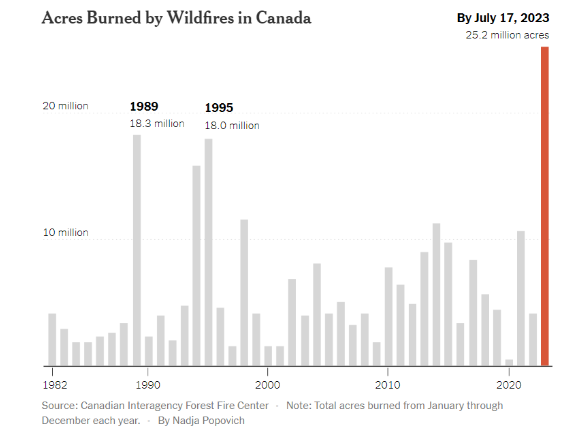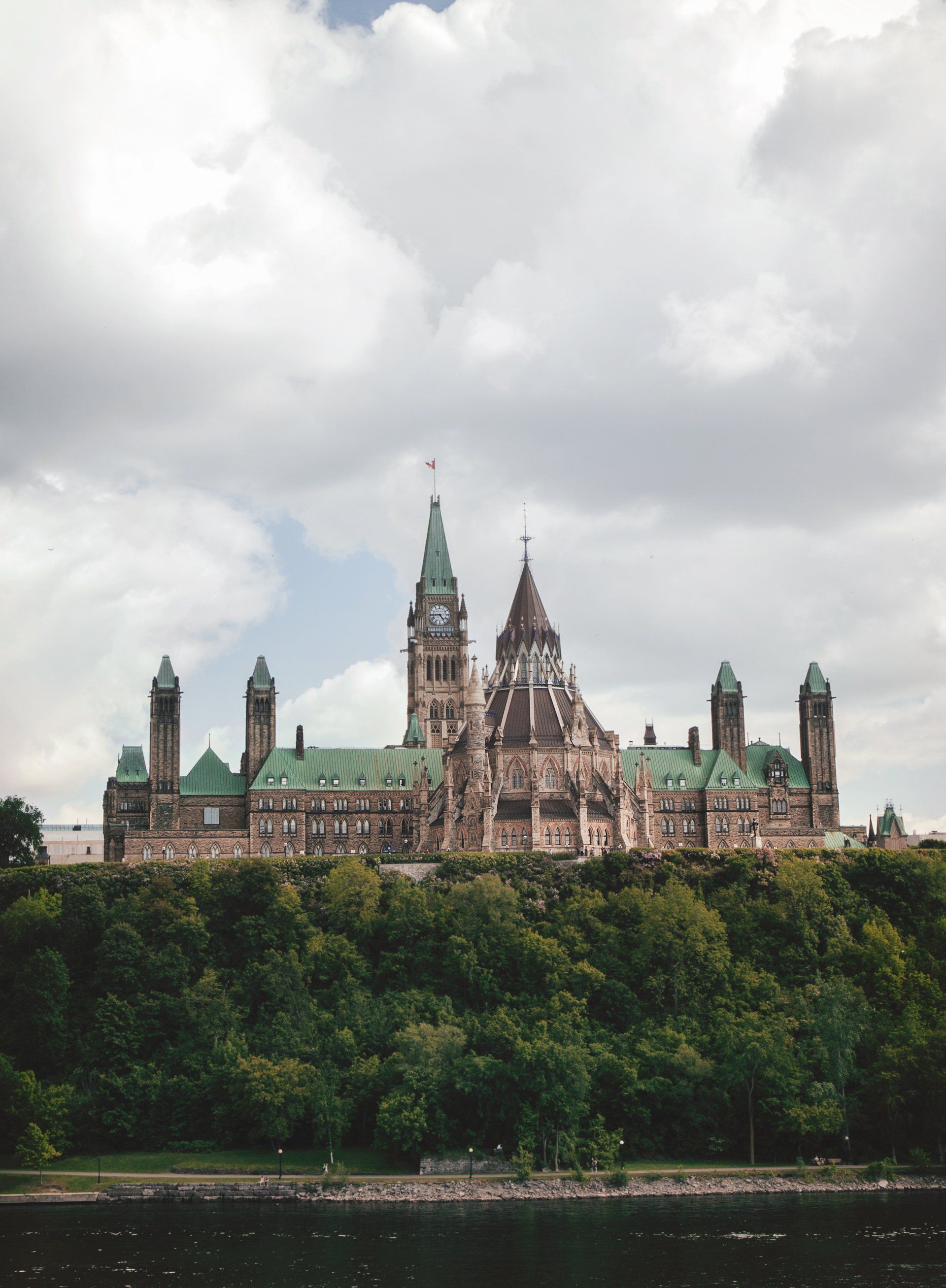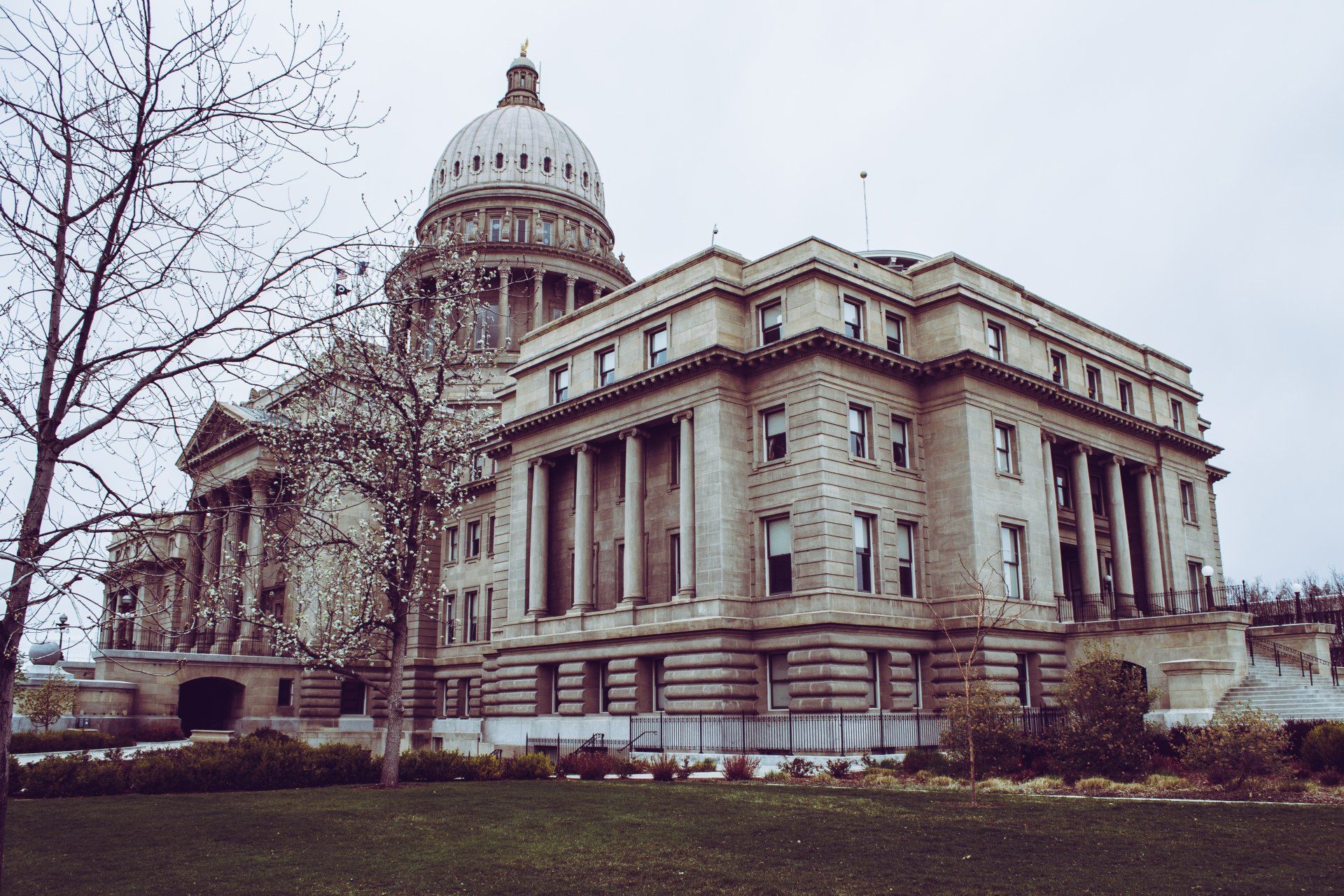Canada Wildfires - Are Wildfires Getting Worse?
Context

Wildfires are a natural and necessary part of the forest cycle and occur every year in Canada. Many species have adapted to fires and depend on occasional burns to reproduce and regenerate. On their own, fires are not necessarily a bad thing.
This year, however, Canada has seen
record numbers of wildfires and acres burned from wildfires. As of July 18th, fires have already burned more than 25 million acres, eclipsing the previous record from 1989 when over 18 million acres burned. Fires also started burning earlier in the season than other years, when most fires would start burning in June or July, and have spread into more populated areas that are typically less prone to fires.
Analysis
Wildfires typically start in two main ways - lightning strikes and human activity, including open campfires, industrial activity, vehicles, powerlines, and other accidental causes.
Regardless of the source, this year’s wildfires have been made worse by hot and dry conditions, poor forestry practices, disease, pests, and a buildup of dried debris.
Heat waves in Alberta, BC, Ontario, and Quebec have created conditions that have exacerbated the strength of fires. At the same time,
60 percent of the country was experiencing “Abnormally Dry” to “Extreme” levels of drought in the month of June.
Further, historical
fire suppression techniques have allowed dried organic materials to build up on the forest floor, while the planting of non-native and commercial trees that are more prone to fire has also made it easier for fire to spread.
While the strength and frequency of wildfires will always vary from year to year, the
Canadian Wildland Fire Strategy projects that wildfires will increase by 18 percent by 2050, and 50 percent by 2100, with shifting weather patterns and hotter and drier summers resulting in longer and more severe fire seasons.
Further Reading:


